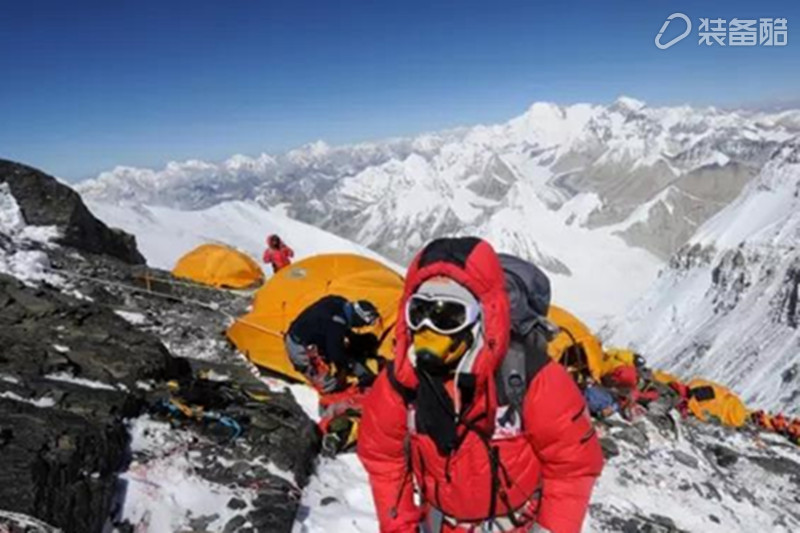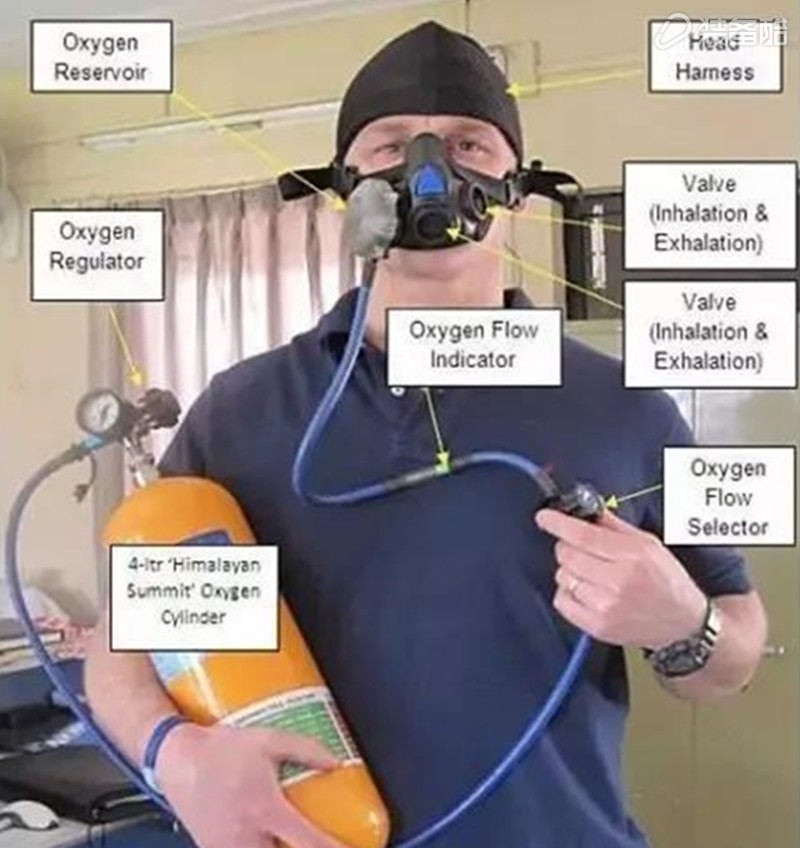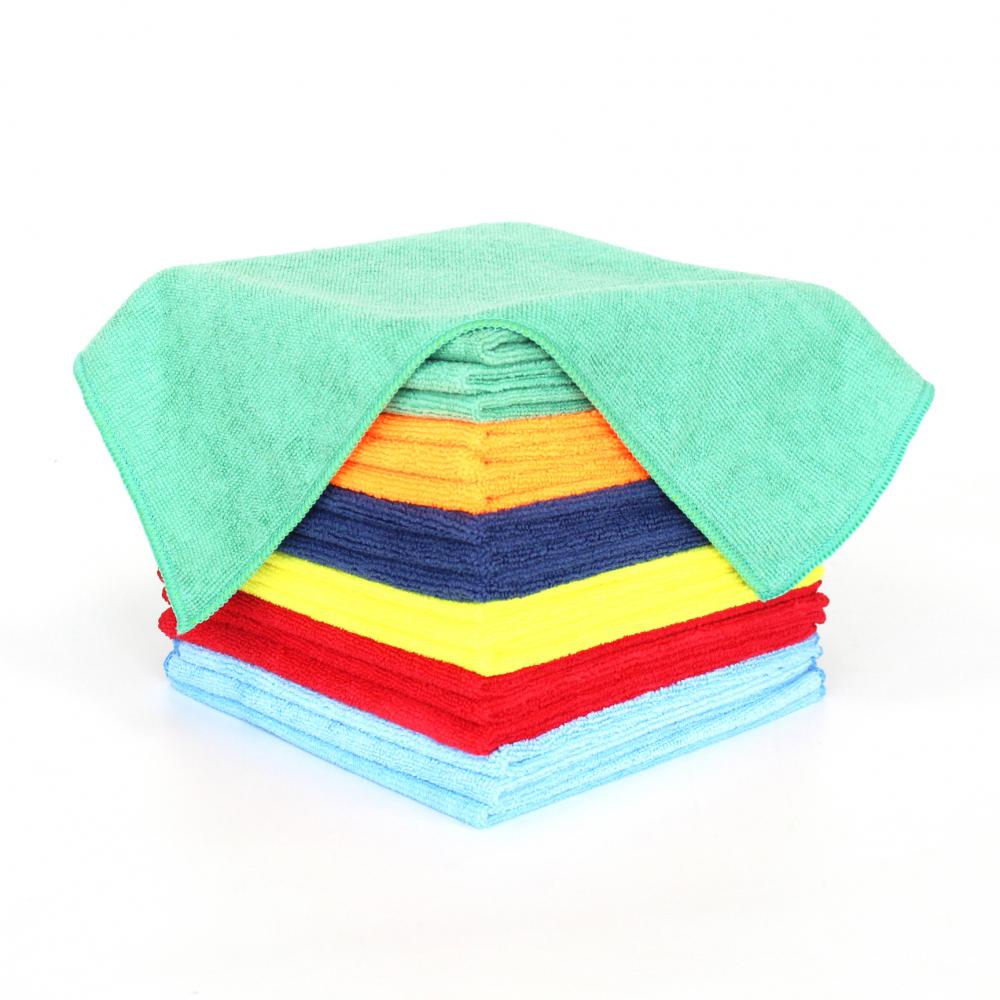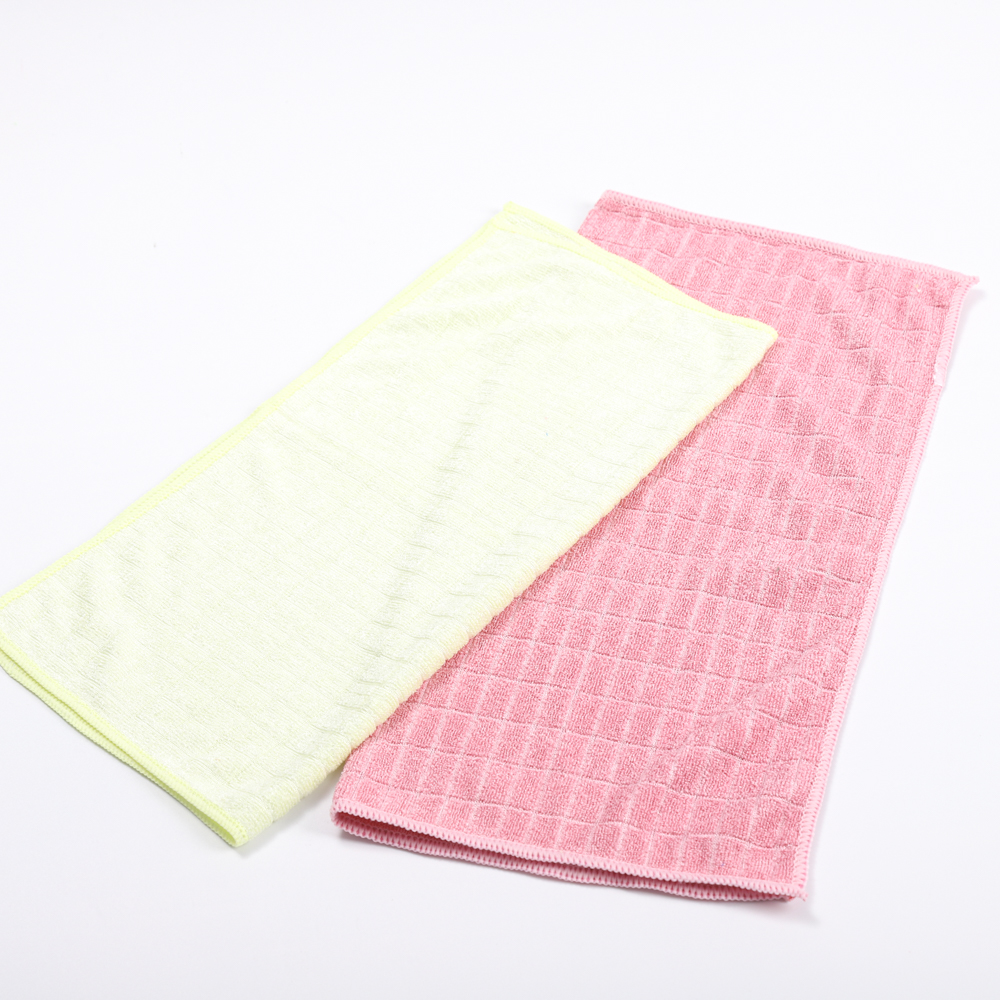
Oxygen cylinders play a vital role for high altitude climbers. Everest climbing without using any supplemental oxygen is rare at any time. In the case of over 6,500 summits of Mount Everest, There are less than 100 cases of pure methods for climbing Mount Everest without using oxygen cylinders.
In the 1950s, when Switzerland and the United Kingdom reintroduced Everest, the technology was advanced on the basis of the oxygen system after the two world wars. In 1953, after the first Everest attempt nearly thirty years, the first team that successfully summited Everest, Sir Edmund Hillary and Tenzing Norge Sherba with a greatly improved and lighter (22 The pound / 10 kg) oxygen system reaches its peak. In 1979, one of the reasons why the two mountaineers Ray Genet and Hannelore Schmatz died on the climb of Mount Everest was due to a shortage of oxygen cylinder capacity.
By the 21st century, one of the most popular oxygen systems on Mount Everest was a carbon fiber aluminum bottle, an oxygen cylinder filled with 3 liters of oxygen at 3000 psi and weighing 7 pounds.
Oxygen cylinders come in a variety of sizes, but they are quite heavy because they must be made of a material that is strong enough to withstand strong air pressure. It must be carried on its back. At 8000 meters above sea level, providing supplemental oxygen at high winds and extreme temperatures is not an easy task. Freezing valves, deforming masks in the wind, freezing pipes, and other issues may prevent the right amount of oxygen from being delivered to the climber at the right time. Too much will waste precious oxygen. Too little may cause the climber to fail or persist. The duration of an oxygen cylinder depends on the amount of flow you set, the amount of energy you consume, and the metabolic rate of your body, so there is no way to give an exact time.
The basic principle of use of all oxygen systems is almost the same. The oxygen in the metal cylinder carried by the backpack is sent through the rubber tube to the oxygen mask covering the mouth and nose of the climber. A regulator connected to the top of the cylinder controls the flow of oxygen.
Oxygen is an important measure for the treatment of many high altitude diseases. Whether or not oxygen intake is directly related to the effect of oxygen inhalation and the occurrence of side effects can be correctly grasped. Every person on the plateau will feel different degrees of chest tightness, shortness of breath, and difficulty in breathing. Hypoxia symptoms, severe headaches, general muscle pain, insomnia and other symptoms, oxygen is one of the important means of prevention and treatment of altitude sickness. Scientists call the plateau more than 3,000 meters above sea level. Because of this altitude, its climate characteristics (such as low oxygen pressure, lack of oxygen, high radiation, and alpine weather) are very different from those in plain areas. In this environment, people must undergo a series of adjustments to adapt. Therefore, when people who enter the plateau or even the plateau return to the plateau from the plain, they must prevent the occurrence of acute altitude sickness in various aspects. Therefore, for those who have just entered the plateau, or who want to climb the peak, it is necessary to properly grasp the oxygen inhalation method.
There are many ways to inhale oxygen in the plateau region. There are oxygen in the nasal cannula, oxygen in the mask, oxygen bottle, and oxygen in the ventilator.

Himalayan Summit Oxygen Bottle Main Structure Introduction - From Above:
Oxygen reservoir
2.oxygen regulator oxygen regulator
3.Head Hamess head strap
4.Valve inhalation oxygen inhalation/exhalation valve
5.oxygen flow selector oxygen flow regulator
[Plateau oxygen cylinder main structure]:
Mainly by the tank body, oxygen suction tube, oxygen mask, regulator;
Plateau oxygen tank application scope
1. Altitude sickness prevention: Inhalation of oxygen can prevent altitude sickness caused by hypoxia, high altitude pulmonary edema and other high diseases.
2. High altitude disease emergency: used for altitude sickness due to altitude sickness, high altitude pulmonary edema and high altitude brain edema and other acute high altitude sickness treatment and emergency.
3. The daily health care of the plateau people: daily care for all types of people who come to the plateau for tourism and work.
4. First aid and home oxygen therapy for patients with cardiopulmonary disease: First aid and home oxygen therapy for patients with asthma, chronic bronchitis, angina pectoris, and cerebral hemorrhage.
5. Routine care for pregnant women: It can significantly reduce the various symptoms of hypoxia caused by pregnant women and promote the healthy development of the fetus.
6. Recovery of brain fatigue: for students, mental workers due to learning tension, excessive brain use of dizziness, brain swelling, inability to concentrate.
7. Drive for a long time: It can prevent the unresponsiveness, drowsiness, etc. that affect driving safety from happening for a long time.
How to use method one:
1. Tear the packaging film, pull up the oxygen mask, insert the gas nozzle into the hole of the oxygen mask, and fix the oxygen mask
2. Holding the tank body, place the oxygen mask on the face (on the mouth) and align the recess on the mask with the nose; press the oxygen mask on the breathing rate to inhale the oxygen. Inhale with your nose, exhale with your mouth, and let go when you exhale.
Use method two:
1. Tear the packaging film, pull the oxygen mask upwards, connect the air chamber of the oxygen suction tube to the gas nozzle, screw on the regulating valve, insert the nasal plug into the nostril, and open the regulating valve to inhale oxygen.
2. The amount of suction can be controlled by the regulating valve. The valves rotate clockwise to open and counter-clockwise to close. Clockwise rotation of the regulator valve is the best amount of care when the ball is slowly rotating in the air chamber.
Precautions
1. It is advisable to use oxygen at a low flow rate. That is, it is advisable to keep the oxygen flow rate at 2 to 4 liters per minute. This ensures that the oxygen intake is effective and that side effects are avoided as much as possible.
2. In view of the onset of altitude sickness, the timing of oxygen intake should be given priority in the afternoon and evening.
3. Try to continue to breathe oxygen every time, do not stop smoking.
Of course, oxygen cylinders are not just used for peaks such as Mount Everest. Most people arrived at high altitudes in Nepal. Plateau areas like Tibet have light or heavy plateau reactions. For highland tourists, preventing altitude sickness is an important issue for life. Prevention points and simple first aid knowledge must be known in advance.
In general, what kind of person has a plateau reaction and there is no law to follow, and the best way to avoid or reduce the altitude sickness is to maintain a good attitude to face it, and many of the reaction symptoms are caused by psychological effects or psychological effects, such as: People who are afraid of the plateau and lack the ideological preparation and determination to defeat the plateau have many opportunities for altitude sickness.
This article is transferred from: Buy Outdoors
Microfiber towels are the towels that made by 100% polyester or 80% polyester and 20% polyamide. The most features are super water absorbtion and high cleaning abilty. It can clean with only water,reusable and durable,it lasts for more than 100 times.

microfibre cleaning wipes,microfiber washing cloth,microfiber clenning towels,all purpose microfiber cloth
jiangsu qiyun cleaning knitting product co.,ltd , https://www.maleclean.com